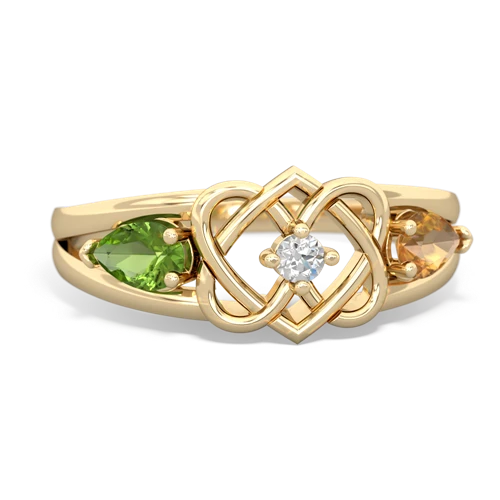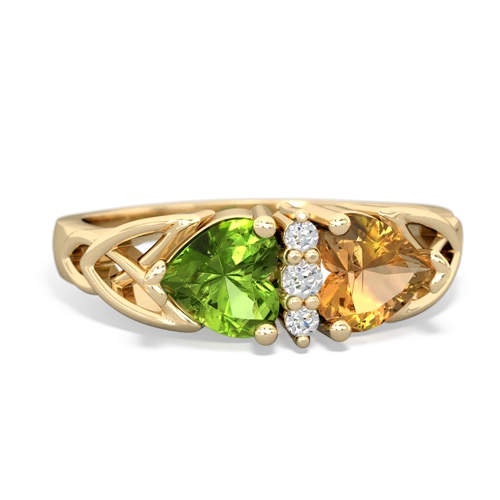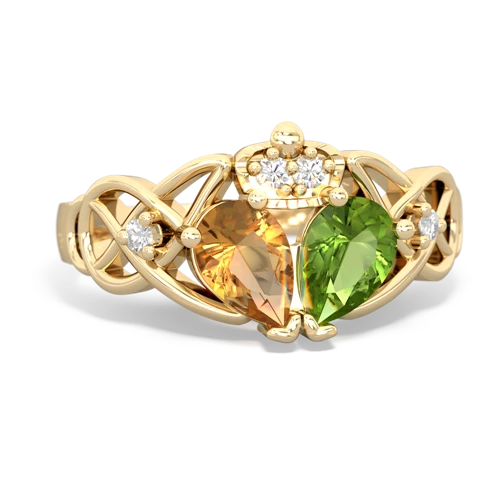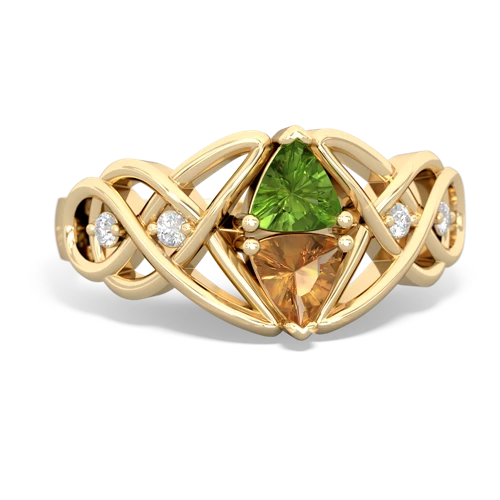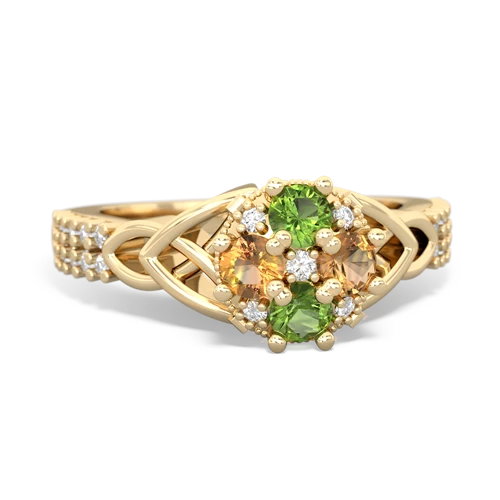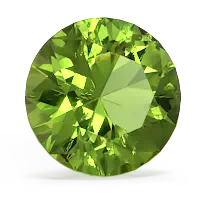
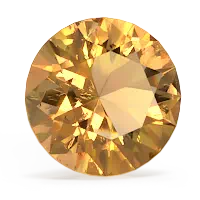
The celtic knot is an ancient symbol of the journey of life. With no beginning and no end, the knot represents the timeless nature of our spirits and the world we live in. A Peridot celtic knot combines these concepts with the spiritual attributes of the Peridot . Once considered more valuable than diamonds, a peridot ring is a must have. This "gem of the sun" is the birthstone of August and is a beautiful match for the lush green tapestry of late summer. November's birthstone, citrine sparkles like honey. Carry the warmth and glow of a golden sunset with you by wearing a beautiful citrine ring.


